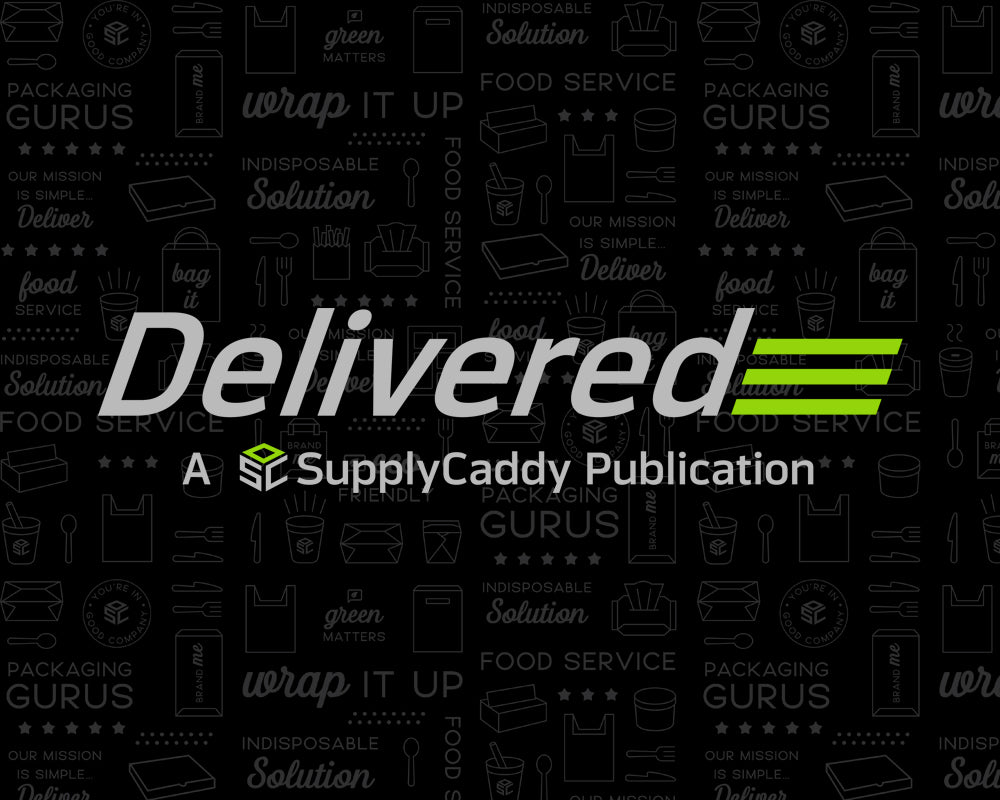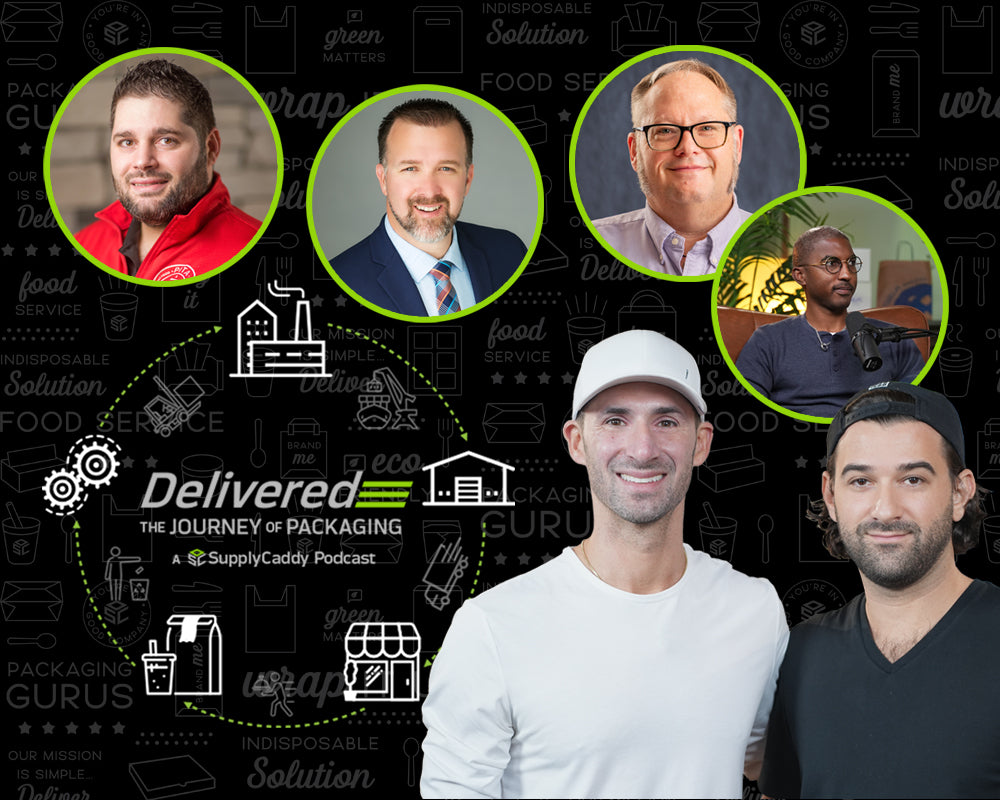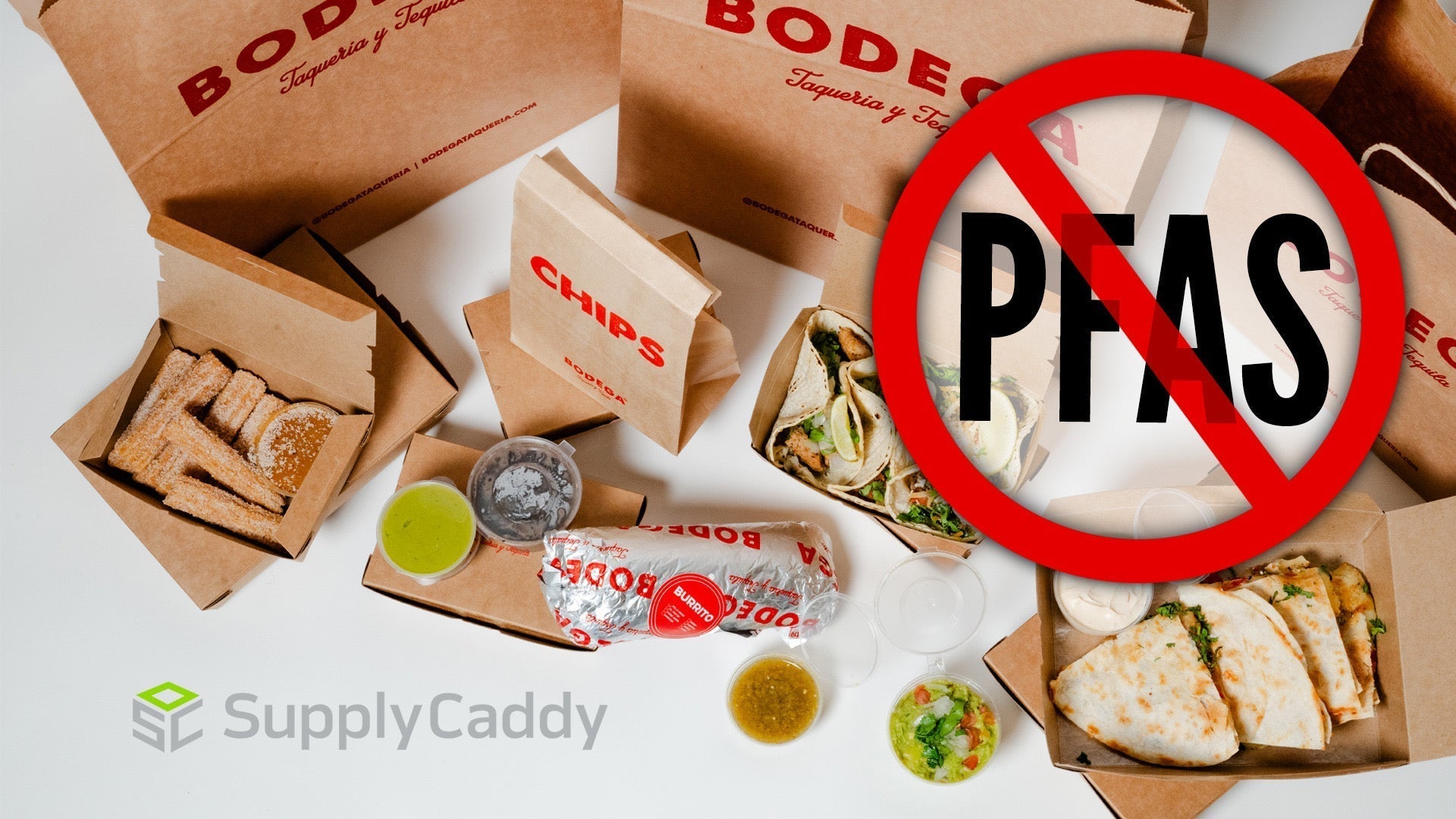PFAS are in more places than you might think. They can be found in things like fast food wrappers, popcorn bags, and even in packaging that says it’s good for the environment. The problem is, these chemicals don’t go away. They stay in the environment and in our bodies for a long time.
In recent years, people have started paying more attention to PFAS in food packaging. Research continues to show links between PFAS exposure and serious health problems, including cancer, hormone disruption, and immune system issues. According to the Agency for Toxic Substances and Disease Registry (ATSDR), some studies in humans suggest that certain PFAS may be linked to fertility issues, pregnancy-induced hypertension or preeclampsia, higher cholesterol levels, and changes in how the immune system functions.
As a result, more consumers are asking questions, and lawmakers are starting to respond, especially in California.
Once again, California is taking the lead.
The state is pushing forward new laws to limit PFAS in food packaging, along with other harmful chemicals that put people and the environment at risk. These changes could have a big impact on restaurants, packaging companies, and shoppers who want safer, more sustainable options.
In this blog post, we will explore what PEAS are and why is California advancing bills to limit PFAS in food packaging and other toxic substances.
What Are PFAS and Why Are They a Concern in Food Packaging?
What does PFAS stand for, and where are these chemicals used?
PFAS stands for per- and polyfluoroalkyl substances—a class of more than 12,000 synthetic chemicals developed in the 1940s. Valued for their water, grease, and stain-resistant properties, PFAS have been used in a wide array of consumer and industrial products, including nonstick cookware, textiles, firefighting foam, and, most concerning for our purposes, food packaging.
In food packaging, PFAS are often added to paper or fiber-based materials to prevent grease and moisture from soaking through. This includes fast food wrappers, bakery bags, molded fiber bowls, and pizza boxes. However, the very chemical stability that makes PFAS effective in packaging also makes them harmful—they don’t break down in the environment, and they bioaccumulate in human tissue over time.
How do PFAS in food packaging affect human health and the environment?
The impact is substantial and deeply concerning. PFAS can migrate from packaging into food, especially when the food is hot, fatty, or acidic. Once ingested, these chemicals remain in the body for years. According to the CDC and EPA, PFAS exposure has been associated with:
-
Increased risk of kidney and testicular cancers
-
Hormonal and thyroid dysfunction
-
Suppressed immune responses
-
Elevated cholesterol levels
-
Developmental problems in fetuses and young children
Environmentally, PFAS contamination is a global crisis. These chemicals have been detected in soil, rivers, oceans, wildlife, and even rainwater worldwide. Once released, PFAS disperse widely and linger for generations, posing long-term ecological threats.
How Is California Taking Action Against PFAS in Food Packaging?
What are the current PFAS regulations in California?
California has long positioned itself at the forefront of environmental protection, and PFAS regulation is no exception. In 2021, Assembly Bill 1200 was signed into law, banning the use of intentionally added PFAS in paper-based food packaging. The law went into effect on January 1, 2023, requiring manufacturers not only to eliminate PFAS but also to disclose the presence of hazardous chemicals in cookware.
But California isn’t stopping there. Recognizing the evolving science and persistent public pressure for safer products, lawmakers have introduced new legislation aimed at tightening and expanding restrictions related to PFAS. Two new bills—AB 1148 and SB 682—are pushing the boundaries even further to protect consumers, workers, and ecosystems from chemical harm.
What Does AB 1148 Propose, and How Would It Build on Existing PFAS Restrictions?
AB 1148, also known as the Safer Food Packaging Act of 2025, was introduced by Assemblymember LaShae Sharp-Collins to address toxic substances beyond PFAS. While AB 1200 targeted PFAS in paper-based packaging, AB 1148 proposes a broader, more aggressive phaseout of hazardous materials used in food-contact products.
What toxic substances are targeted in AB 1148, besides PFAS?
The bill specifically seeks to eliminate:
-
Per- and poly-fluoroalkyl substances (PFAS)
-
Bisphenols, such as BPA (bisphenol A), are commonly used in can linings and plastic containers
-
Orthophthalates, plasticizers used to make packaging materials flexible and durable
Each of these chemical groups has been linked to health hazards, including endocrine disruption, reproductive harm, and increased cancer risk. AB 1148 would ban the manufacture, distribution, and sale of food packaging with intentionally added amounts of these substances by January 1, 2027.
What is the Safer Food Packaging Act of 2025, and who supports or opposes it?
The bill has garnered strong support from public health and environmental advocacy organizations, including the Environmental Working Group (EWG), Breast Cancer Prevention Partners, and Clean Water Action. They argue the scientific evidence is clear and the stakes are too high to delay regulation.
Opposition comes from various industry groups, including the American Chemistry Council and the California League of Food Producers. These groups argue that additional state-specific regulations could complicate compliance and increase costs, particularly when FDA safety thresholds still permit the limited use of these substances.
How could AB 1148 impact food packaging manufacturers and distributors by 2027?
If passed, AB 1148 would necessitate a significant operational shift for packaging manufacturers and distributors. They would need to audit their supply chains, identify chemical ingredients, and pivot to safer materials. This could mean developing new formulations, re-certifying compliance through third-party testing, and investing in innovation.
However, early adopters may gain a competitive edge. Consumer demand for non-toxic, sustainable packaging continues to grow, and proactive companies that meet these standards now will be well-positioned in the years ahead.
What Changes Would SB 682 Make to California’s PFAS Ban?
While AB 1148 broadens the scope to include bisphenols and orthophthalates, SB 682 focuses laser-like on PFAS. Introduced by Senator Ben Allen, SB 682 proposes to strengthen California’s existing PFAS regulations and close existing loopholes.
Most notably, SB 682 expands the PFAS ban beyond food packaging. It covers a wide range of consumer goods, including carpets, textiles, cookware, and cosmetics. If enacted, the bill would prohibit the manufacture, sale, or distribution of any product with intentionally added PFAS beginning in 2027.
Supporters, including NRDC, Breast Cancer Prevention Partners, and EWG, argue that such broad restrictions are necessary to prevent widespread exposure. Detractors, such as the American Forest & Paper Association and the Can Manufacturers Institute, warn that SB 682 could strain manufacturing systems and increase costs, especially for small businesses.
What Happened to SB 45 and Its Push for Tethered Bottle Caps?
Not every environmentally driven bill made it through the legislative gauntlet this session. SB 45, which proposed mandatory tethered caps on plastic beverage containers, failed to advance. This bill, introduced by Senators Steve Padilla and Catherine Blakespear, aimed to reduce plastic pollution and improve recycling rates by requiring that bottle caps remain attached during consumption.
Tethered caps are already mandated in the European Union and are supported by waste management leaders such as Recology and Republic Services. However, resistance from the beverage industry, including the American Beverage Association, argued that redesigning caps and bottling processes would be costly and burdensome. Although SB 45 stalled in committee, the conversation it started around sustainable design and recycling infrastructure is far from over.
What Do These Bills Mean for the Future of Food Packaging in California?
Could California’s PFAS legislation influence nationwide packaging standards?
Without question. California has long acted as a bellwether for environmental policy. The state’s bold moves often prompt national retailers and manufacturers to adopt uniform standards across all markets to avoid the logistical nightmare of complying with patchwork laws. If AB 1148 and SB 682 are enacted, PFAS-free and chemical-free packaging will likely become the new norm for major brands, not just in California but across the U.S.
How should food manufacturers and packaging companies prepare now for 2027 compliance?
Begin by auditing your current packaging inventory. Identify any materials that may contain PFAS, bisphenols, or phthalates. Work with suppliers to secure documentation on material composition or arrange for third-party chemical testing.
Next, start researching and investing in safer alternatives. Whether it’s compostable molded fiber, certified grease-resistant paper, or innovative coatings free from harmful chemicals, the market for clean materials is growing. Lastly, build internal awareness. Educate procurement teams, sales reps, and marketing staff about the coming changes. Transparency with your customers, especially about your efforts to prioritize safety and sustainability, can go a long way in building trust.
Don’t Wait for 2027—Switch to Safer Packaging Now With SupplyCaddy
At SupplyCaddy, we believe food safety shouldn’t come with a chemical tradeoff. That’s why we’ve already helped lead global brands transition to safer food packaging solutions. Our North American, South American, and European manufacturing facilities ensure reliable production, quick turnarounds, and full compliance with current and pending regulations.
Whether you need grease-resistant paper or fully customized branded packaging, we have the expertise, resources, team, and infrastructure to deliver. With over 1 billion units shipped globally, we’re ready to help you future-proof your packaging—starting today. Contact us at hello@supplycaddy.com.


